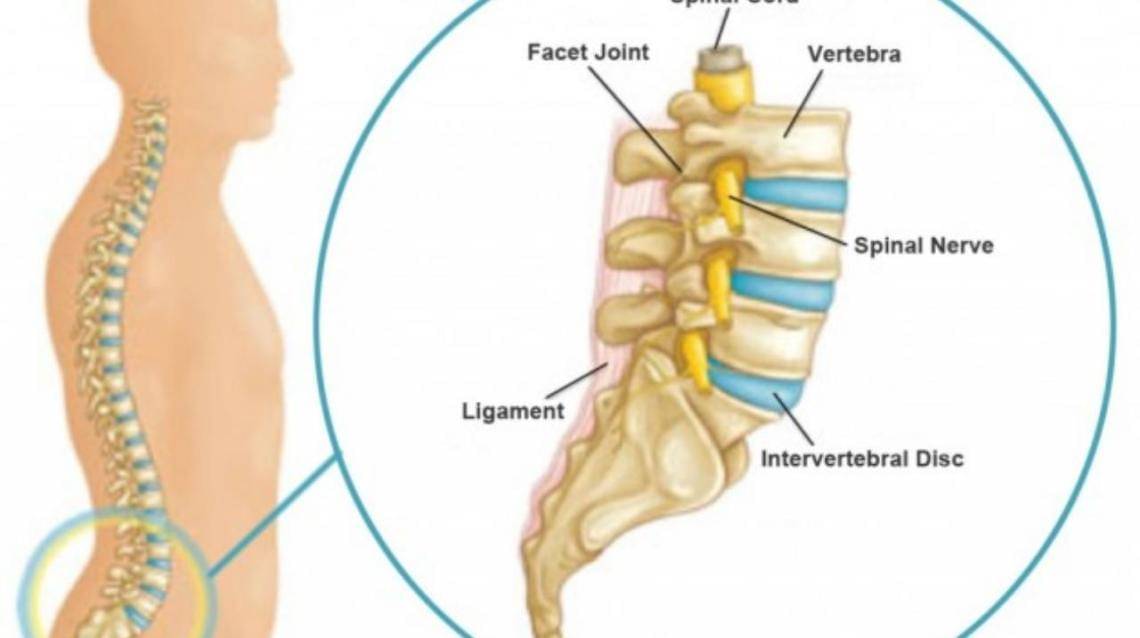

Since the external spinal curvature is not always representative of the internal spinal geometry, it seems appropriate to examine the internal architecture of the lumbar spine or intrinsic lumbar shape. As a step towards a potential role of lumbar shape and Statistical Shape Modelling (SSM) in the identification of risk, prognostic or potentially modifiable factors in LDD patients, it is pressing to identify the phenotypes associated with LDD through the examination of observable traits. Ĭurrent treatment approaches for recurrent LBP offer small to moderate effects in terms of a sustained improvement in quality of life and disability.


LDD is commonly evaluated using the Pfirrmann and modified Pfirrmann grading systems, which use T2-weighted sagittal MR images of the intervertebral discs to grade the lack of distinction between the nucleus and annulus and the reduction in intervertebral disc height and signal intensity associated with LDD. Lumbar disc degeneration (LDD) is a condition associated with recurrent low back pain (LBP), the lifetime prevalence of which may be as much as 80%. Longitudinal studies are required to establish the potential role of these risk or prognostic shape phenotypes. This exploratory study provides new evidence that intrinsic shape phenotypes are associated with LDD and quality of life in patients. In the presence of recurrent LBP, LDD was associated with a larger A-P vertebral diameter (Mode 3) and a more even lumbar curvature with smaller L5/S1 disc spaces (Mode 4), which was significantly associated with patient quality of life ( P = 0.002–0.04, r p = 0.43–0.61)). Higher LDD sum scores correlated with a larger lumbar lordosis (Mode 1 (55% variance), P = 0.02), even lumbar curve distribution (Mode 2 (12% variance), P = 0.05), larger anterior-posterior (A-P) vertebral diameter (Mode 3 (10% variance), P = 0.007) and smaller L4-S1 disc spaces (Mode 7 (2% variance), P ≤ 0.001). The first 7 modes of variation explained 91% of variance in lumbar shape. The relationship between intrinsic shape and self-reported function, mental health and quality of life were also examined. Intrinsic shape differences were determined between LDD groups using analysis of variance with post-hoc comparisons. SSM identified variations in lumbar shape as ‘modes’ of variation and quantified deviation from the mean. Statistical Shape Modelling (SSM) was used to describe lumbar spine shape. Methodsģ T MRI was used to acquire T2-weighted sagittal images (L1-S1) from 70 healthy controls and LDD patients (mean age 49 years, SD 11, range 31–71 years). As a step towards the identification of risk, prognostic or potentially modifiable factors in LDD patients, the aim of this study was to explore the hypothesis that intrinsic lumbar spine shape is associated with LDD and clinical outcomes in symptomatic adults. Knowledge regarding effective management is limited.

Lumbar disc degeneration (LDD) is a condition associated with recurrent low back pain (LBP).


 0 kommentar(er)
0 kommentar(er)
